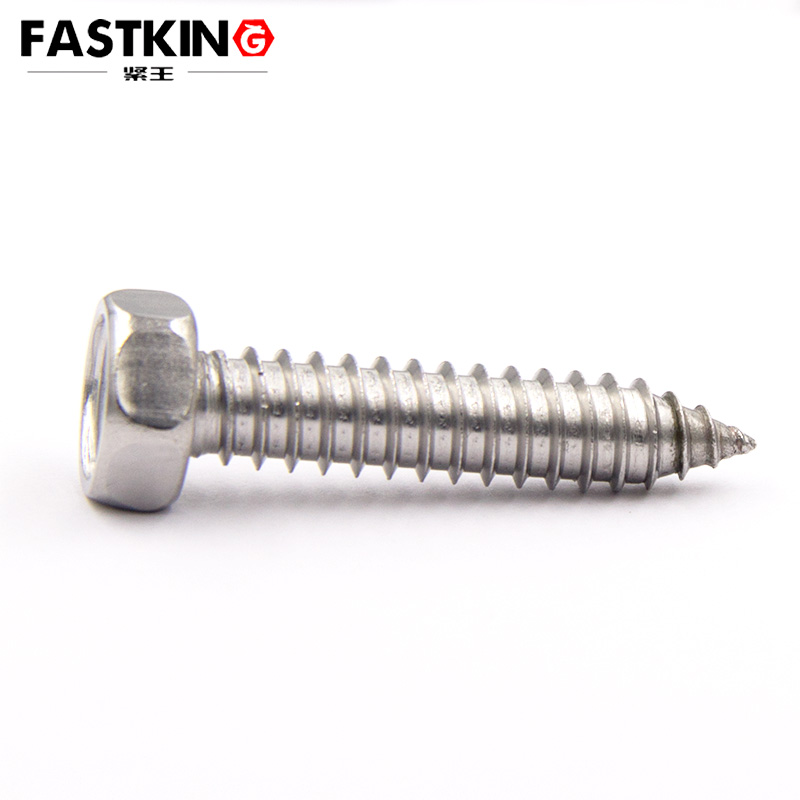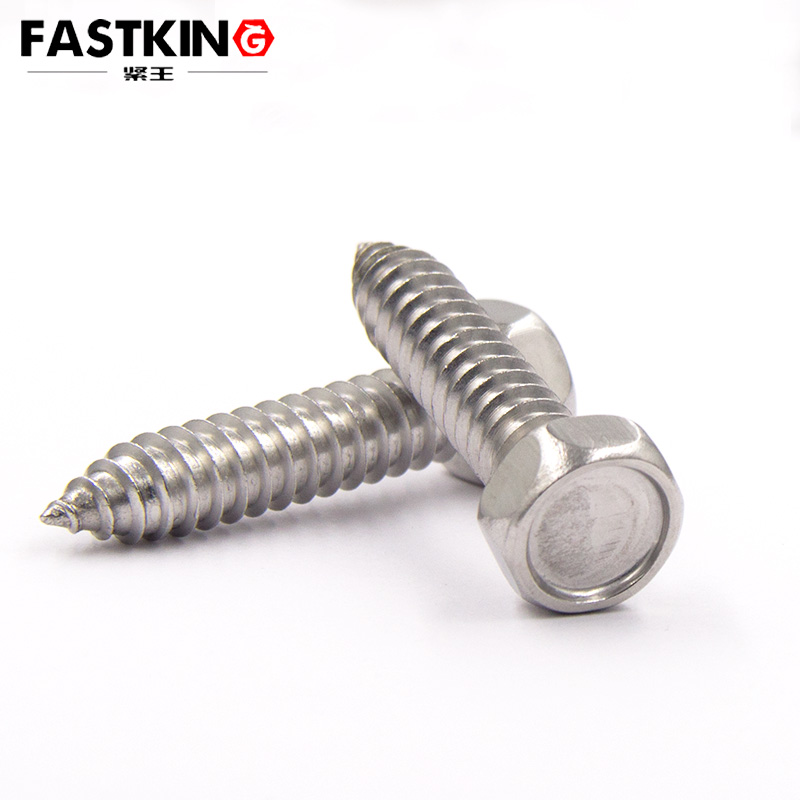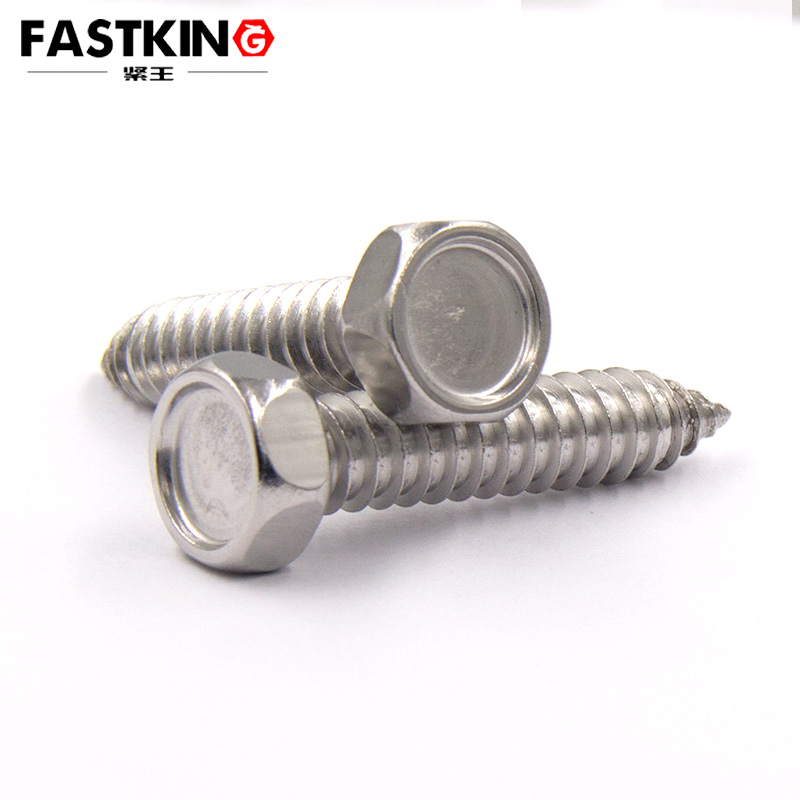Introduction
Hex head self-tapping screws are a common type of fastener widely used in various industries such as machinery, construction, electronics, and furniture. Their unique hex head design makes installation and removal more convenient, while the self-tapping feature allows them to be directly screwed into materials without the need for pre-drilling. This article will provide a detailed introduction to the usage scenarios, installation methods, and precautions for hex head self-tapping screws.
I. Usage Scenarios of Hex Head Self-Tapping Screws
Construction Industry
In the construction industry, hex head self-tapping screws are commonly used to secure materials such as light steel frames, gypsum boards, and metal sheets. Thanks to their self-tapping feature, these screws can be quickly driven into metal or wood, significantly improving construction efficiency. Additionally, the hex head design allows for easier installation using wrenches or power tools, making them suitable for high-altitude work or confined spaces.
Furniture Manufacturing
In furniture manufacturing, hex head self-tapping screws are often used to connect wooden boards, metal frames, and other components. The self-tapping feature eliminates the need for pre-drilling during assembly, simplifying the production process. At the same time, the hex head design ensures that the screws can withstand higher torque, providing stability to the furniture structure.

Electronic Devices
In the manufacturing of electronic devices, hex head self-tapping screws are frequently used to secure components such as circuit boards and casings. Their compact size and self-tapping feature make installation in precision equipment more convenient. Furthermore, the hex head design allows for more precise installation using small wrenches or screwdrivers, preventing damage to electronic components.
Automotive Manufacturing
In automotive manufacturing, hex head self-tapping screws are commonly used to secure body panels, interior parts, and other components. The self-tapping feature enables quick installation on metal sheets, while the hex head design facilitates efficient mass installation using pneumatic tools.
II. Installation Methods for Hex Head Self-Tapping Screws

Preparation
Before installing hex head self-tapping screws, it is essential to prepare the necessary tools and materials. Commonly used tools include hex wrenches, electric screwdrivers, and pneumatic wrenches. Additionally, ensure that the surface of the material to be fastened is flat and clean to allow the screws to be driven in smoothly.
Determining the Installation Position
Based on design drawings or actual requirements, determine the installation position of the screws. Use a marker or punch to mark the surface of the material for accurate positioning.
Starting the Installation
Align the tip of the hex head self-tapping screw with the marked position and begin driving it in using a hex wrench or power tool. During the initial stage, apply moderate pressure to ensure the screw cuts into the material smoothly. As the screw goes deeper, gradually increase the torque until the screw head is flush with the material surface.
Checking Installation Quality

After installation, check the tightness of the screws. Ensure that the screw heads are flush with the material surface and that there is no tilting or loosening. If necessary, use a torque wrench to verify that the screws have reached the required tightening force.
III. Precautions
Selecting the Appropriate Screw Size
Choose the appropriate screw size based on the thickness and hardness of the material to be fastened. Screws that are too long may cause the material to crack, while screws that are too short may not provide sufficient fastening strength.
Avoiding Over-Tightening
During installation, avoid over-tightening the screws to prevent damage to the material or the screws themselves. Over-tightening can also cause the screw heads to deform, affecting their appearance and lifespan.
Using the Right Tools
Use the appropriate tools for installation to avoid damaging the screw heads with mismatched tools. For large-scale installations, it is recommended to use electric or pneumatic tools to improve efficiency.
Safety Considerations
During installation, pay attention to safe operation to prevent injuries caused by tool slippage or material splinters. Especially when working at heights or using power tools, always wear protective gear.
Conclusion
Hex head self-tapping screws, as an efficient and convenient fastener, are widely used across various industries. By understanding their usage scenarios, mastering the correct installation methods, and paying attention to relevant precautions, the installation quality and performance of these screws can be ensured. Whether in construction, furniture manufacturing, electronic devices, or automotive manufacturing, hex head self-tapping screws play a vital role, providing reliable connection solutions for various projects and products.
